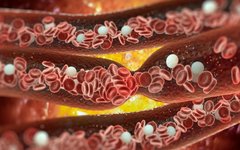 Click the blue text above to follow me and learn about moxibustion health preservation.
Click the blue text above to follow me and learn about moxibustion health preservation.

In TCM theory, blood stasis (xue yu) is one of the common pathological states, referring to the accumulation of blood that deviates from its normal flow, or the stagnation of blood within the meridians and organs, leading to the formation of stasis. Simply put, it means that blood is blocked in the body and does not flow smoothly. Individuals with a blood stasis constitution often experience symptoms such as pain, lumps, bleeding, and cyanosis, and women may also experience irregular menstruation, which can lead to various health issues if severe.
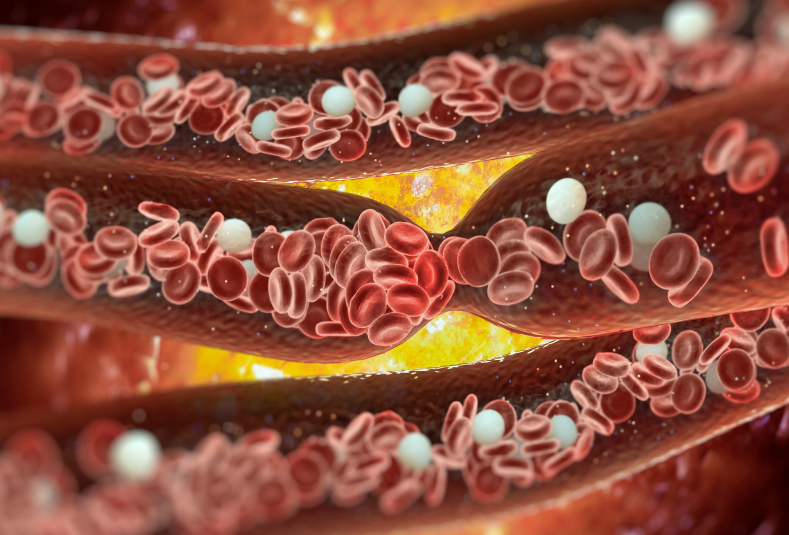

Common Symptoms of Blood Stasis
Pain: According to TCM theory, where there is no flow, there is pain. Therefore, when blood stasis obstructs the meridians and organs, it may lead to pain and other discomforts. The pain is usually fixed and can be sharp or dull.
Lumps: TCM believes that many tumors and lumps are often related to the stagnation of blood. When the flow of qi and blood is obstructed, it can easily lead to the formation of lumps.
Bleeding: Bleeding is also a common manifestation of blood stasis. In TCM theory, the formation of blood stasis is often due to the obstruction of blood flow in the meridians, which can lead to heat and cause blood to overflow outside the vessels, resulting in dark purple bleeding, sometimes with clots.
Cyanosis: Many people may not know what cyanosis is; it is generally characterized by a bluish-purple color of the lips, tongue, and facial skin.
Purple or Dark Tongue with Stasis Spots: TCM theory holds that the tongue is the manifestation of the heart, which governs the blood vessels. When the tongue shows adverse symptoms, it may indicate underlying issues in the body. For example, a purple or dark tongue with stasis spots may indicate the presence of blood stasis in the body.

Moxibustion Therapy
Xue Hai (Blood Sea) Point
The Xue Hai (Blood Sea) point is located on the Spleen Meridian of Foot Taiyin, where the qi and blood generated by the spleen and stomach can converge, hence the name “Blood Sea.” Moxibustion on the Xue Hai point helps promote the generation and circulation of qi and blood, invigorate blood flow, nourish blood, and alleviate discomfort caused by blood stasis, such as pain and irregular menstruation.
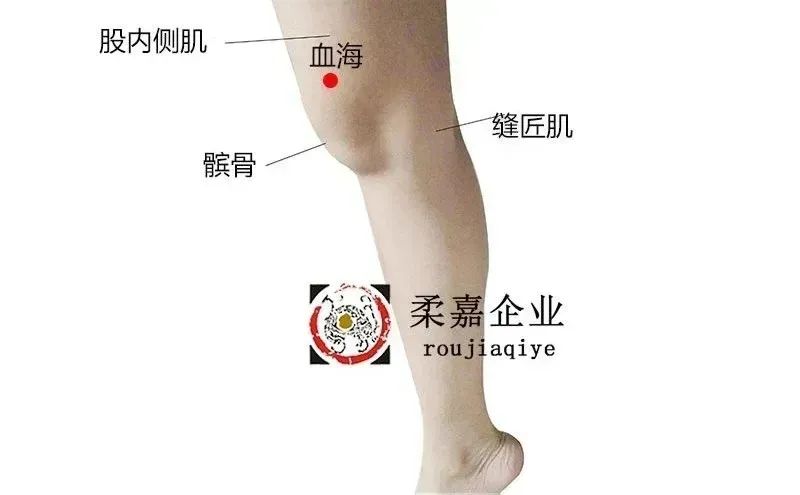
Ge Shu (Diaphragm Shu) Point
It is often said that “Ge Shu governs various blood disorders.” In TCM, the Ge Shu point is frequently paired with the Xue Hai point to treat various symptoms of blood stasis. Moxibustion at this point helps regulate qi, open the chest, invigorate blood flow, nourish blood and essence, and alleviate blood stasis.
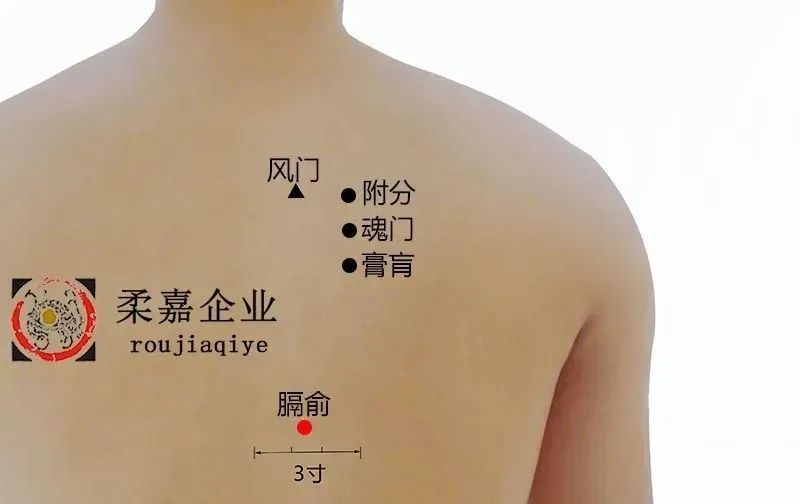
San Yin Jiao (Three Yin Intersection) Point
The San Yin Jiao (Three Yin Intersection) point is located on the inner side of the lower leg, 3 inches above the tip of the inner ankle, at the posterior edge of the tibia. It is the intersection of the Spleen Meridian of Foot Taiyin, the Liver Meridian of Foot Jueyin, and the Kidney Meridian of Foot Shaoyin. Moxibustion at San Yin Jiao helps promote the circulation of qi and blood, strengthen the spleen, eliminate dampness, nourish the liver and kidneys, regulate menstruation, and enhance immunity, alleviating symptoms such as menstrual irregularities and dysmenorrhea caused by qi and blood stagnation.
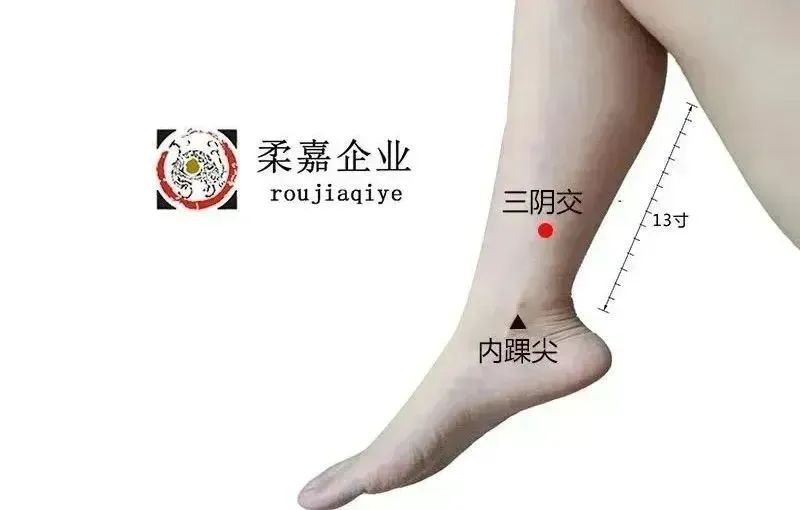
The above content is for reference only and should not be used as a basis for diagnosis.It is recommended to first identify your constitution before moxibustion and choose suitable methods and points under the guidance of a physician. If you are unsure of your constitution, you can scan the QR code below to contact me for a free constitution assessment..


END


